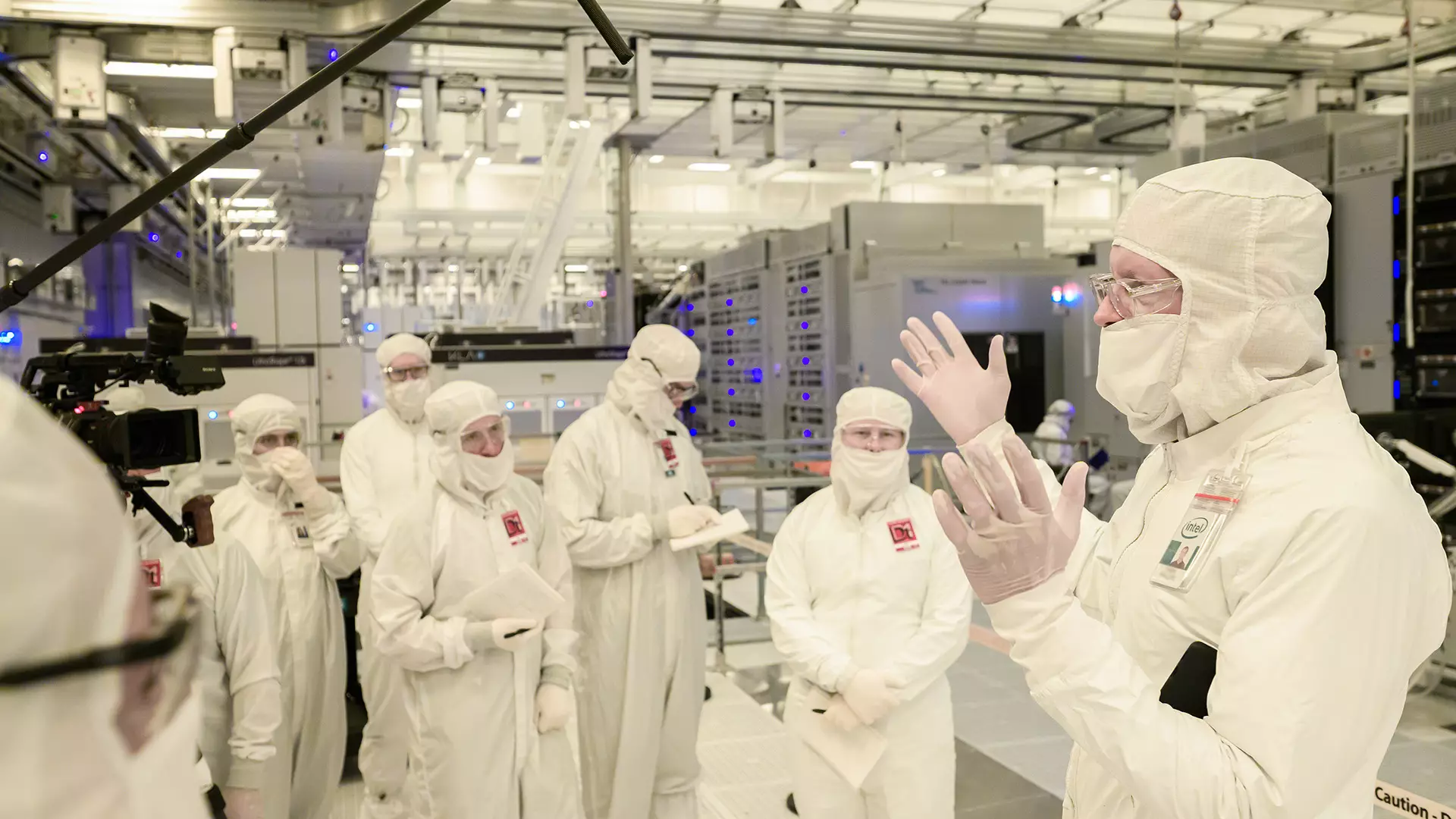In a significant move that has sent shockwaves across the technology sector, Intel has announced drastic workforce reductions, a decision that reflects a broader trend of restructuring against the backdrop of mounting competition and financial pressure. With approximately 107 employees set to face layoffs in California alone, Intel’s strategic shift is not merely a statistic—it’s a stark commentary on the state of innovation and operational efficiency within one of the world’s leading semiconductor manufacturers.
Intel’s journey this year has been punctuated by whispers of an imminent workforce reduction, which coincides with previous cuts that amounted to 5% of its labor force in 2024. Such consistent downsizing raises a poignant question: is this merely about cost-cutting, or does it signal a deeper issue within the company? The recent layoffs are tied to the company’s objective to decrease operating expenses by $500 million this year and an additional $1 billion by 2026. While cost efficiency is critical, it begs the question of whether this approach is sustainable in the long term.
A Closer Look at the Layoffs
The layoffs, which will commence on July 15, are not only about numbers; they encapsulate the lives and careers of engineers and managers who have dedicated years to pushing Intel’s boundaries. Under the California Worker Adjustment and Retraining Notification Act, Intel is obligated to provide notification of impending layoffs, thus shedding light on the gravity of the situation. Affected employees will receive either a 60-day notice or a four-week notice accompanied by nine weeks of pay and benefits—a gesture that, albeit well intended, may feel insufficient in the wake of sudden job loss.
Interestingly, the roles slated for elimination include a significant number of engineering positions, contradicting Intel’s previous indications of reducing layers of management and streamlining operations. Among those impacted are critical roles, such as physical design engineers and cloud software architects, comprising nearly 50% of the total layoffs. This raises an eyebrow: if engineering talent is still at the forefront of Intel’s strategic vision, why does the list still feature these essential roles? The myriad engineering positions being cut suggests that the underlying issues go beyond mere workforce optimization; they reflect a turbulent adaptation to market demands.
Leadership Changes and Corporate Strategy
The current tumult can be better understood under the leadership of Intel’s CEO, Lip-Bu Tan, whose vision appears to prioritize short-term financial tightening over long-term stability and innovation. The decision to outsource marketing to a consultancy firm utilizing AI hints at a potentially precarious reliance on technology at the expense of human capital. As automation continues to penetrate various sectors, companies must strike a delicate balance between leveraging innovative tools and maintaining a skilled workforce that can navigate complex challenges.
Furthermore, the accompanying rhetoric from Intel indicates a desire to strip away “organizational complexity,” aiming for a more agile organization. While agility is crucial in a rapidly evolving market, the repeated action of sacrificing jobs raises concerns about the actual effectiveness of these measures. Are the layoffs genuinely conducive to a more effective corporate strategy, or are they a misguided attempt to placate investors without addressing the root causes of dwindling performance?
Broader Implications for the Tech Industry
Intel’s situation serves as a microcosm of the broader tech industry, where many firms grapple with the need for innovation while facing financial scrutiny. The ripple effects of such significant layoffs extend beyond just the company; they impact local economies and employee mental health. The tech sector, once heralded for its job growth and innovation, now faces the harsh reality of corporate recalibrations.
Moreover, Intel’s strategic moves underscore a palpable tension between human resources and advanced technologies. As companies increasingly integrate AI and automation into their operations, labor forces may find themselves on the brink. The urgent necessity for reskilling emerges in this context—a possibility for Intel and others to transform current challenges into future solutions, fostering an environment where human expertise complements technological advancements.
As the dust settles on these restructuring efforts, it is essential for executives to reflect on the intrinsic value of their workforce and recognize that talent cannot be replaced by algorithms alone. Today’s actions will set the course for tomorrow’s innovation—Intel and similar companies must tread carefully as they shape the future of the tech landscape.

